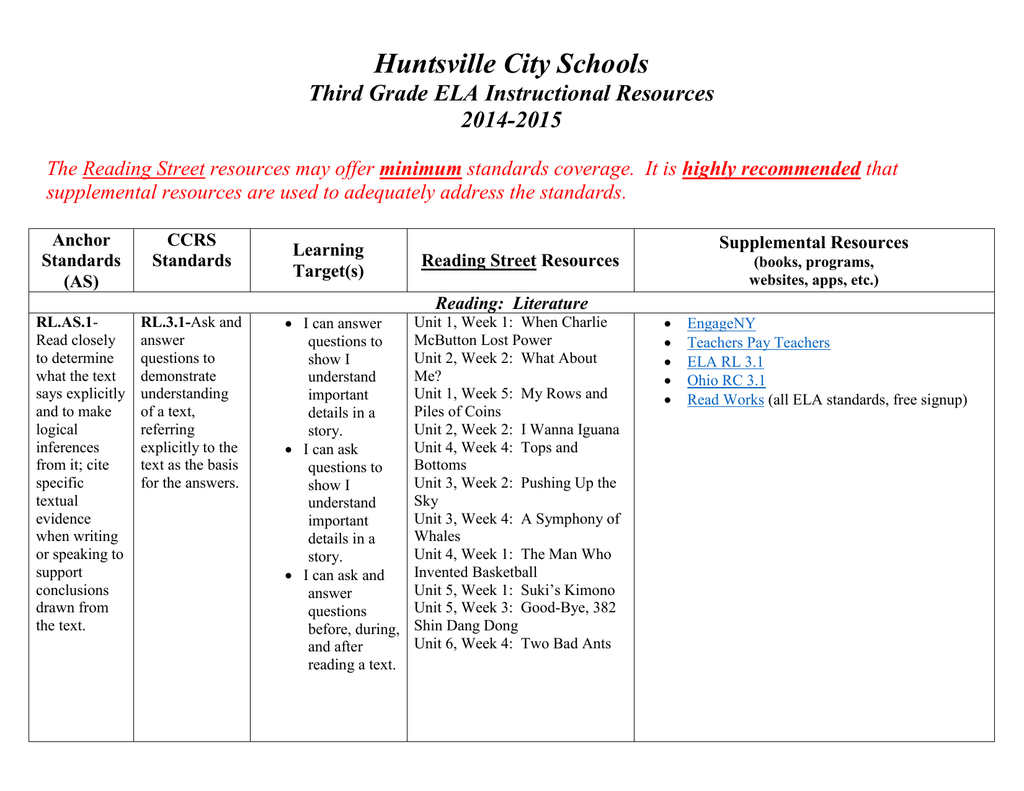- Two Bad Antsthird Grade Reading Streets 2
- Two Bad Antsthird Grade Reading Streets Book
- Two Bad Antsthird Grade Reading Streets Game
- Two Bad Antsthird Grade Reading Streets Free
Feb 8, 2016 - This supplemental packet will help your students with comprehension, vocabulary and more! Here is a list of the contents for this story packet: vocabulary study guide vocabulary word and meaning match cards vocabulary fill in the blank sentence. Feb 9, 2016 - Looking for supplemental packets and ideas for the 3rd Grade Reading Street series? Take a look right here! See more ideas about reading street, 3rd grade reading, third grade. The Reading Teacher, 55(5), 486–494. 'One of life's biggest challenges is accepting that there are numerous interpretations and that there is rarely one right way to view the world. Literature can introduce characters who have learned to accept that different viewpoints exist, demonstrating how they persevere when faced with difficulties.
Two Bad Ants Listen to Two Bad Ants as you fill out a Scavenger Hunt. Twobadants.pdf: File Size: 7 kb: File Type: pdf: Download File. Vocabulary Words. Plot and Theme: Visualize. Use a comma and a conjunction to join two sentences. There was a crumb on the table, and the ant crawled toward it. Two Bad Ants - Third Grade Reading Streets.
http://www.readwritethink.org/classroom-resources/lesson-plans/teaching-point-view-with-789.html
Contribute to ReadWriteThink / RSS / FAQs / Site Demonstrations / Contact Us / About Us
ReadWriteThink couldn't publish all of this great content without literacy experts to write and review for us. If you've got lessons plans, videos, activities, or other ideas you'd like to contribute, we'd love to hear from you.
Find the latest in professional publications, learn new techniques and strategies, and find out how you can connect with other literacy professionals.
Teacher Resources by Grade
Two Bad Antsthird Grade Reading Streets 2
| Kindergarten | ||
|---|---|---|
| 1st - 2nd | 3rd - 4th | |
| 5th - 6th | 7th - 8th | |
| 9th - 10th | 11th - 12th | |
Your students can save their work with Student Interactives.


Home › Classroom Resources › Lesson Plans
Lesson Plan
E-mail / Share / Print This Page / Print All Materials (Note: Handouts must be printed separately)
DIGG
STUMBLEUPON
DEL.ICIO.US
Two Bad Antsthird Grade Reading Streets Book
NEWSVINE
| Grades | 3 – 5 |
| Lesson Plan Type | Standard Lesson |
| Estimated Time | Two 50-minute sessions |
| Lesson Author | |
| Publisher |
| Preview | Standards | Resources & Preparation | Instructional Plan | Related Resources | Comments (2) |
OVERVIEW
This lesson provides students with the opportunity to use illustrations and text to develop an understanding of the point of view of the characters. Students read the story Two Bad Ants by Chris Van Allsburg, work in pairs to analyze the illustrations and text, and compare and contrast points of view. After rereading the story, students apply their knowledge of point of view by writing a short story from an ant's perspective.
FEATURED RESOURCES
Stapleless Book: This handy tool allows students to use their creativity when they write about going on adventures from the point of view of an ant.
FROM THEORY TO PRACTICE
Giorgis, C., & Johnson, N.J. (2002). Multiple perspectives. The Reading Teacher, 55(5), 486494.
Two Bad Antsthird Grade Reading Streets Game
'One of life's biggest challenges is accepting that there are numerous interpretations and that there is rarely one right way to view the world. Literature can introduce characters who have learned to accept that different viewpoints exist, demonstrating how they persevere when faced with difficulties. Books can also change readers' perspectives about what they already know and extend their knowledge through new ways of seeing familiar things.'
Two Bad Antsthird Grade Reading Streets Free
Emery, D.W. (1996). Helping readers comprehend stories from the characters' perspectives. The Reading Teacher, 49(7), 534541.
- Young readers often focus primarily on what is happening in stories, and they also need to consider why things happen to gain a better understanding of point of view.
- By understanding stories from different points of view, readers learn how to link the events in a story causally.